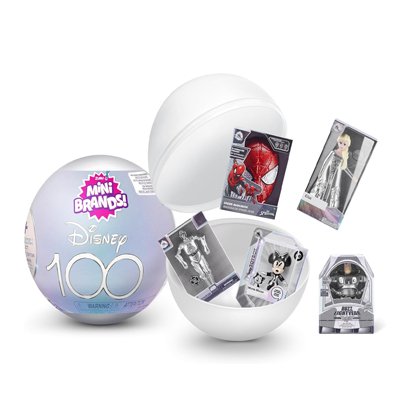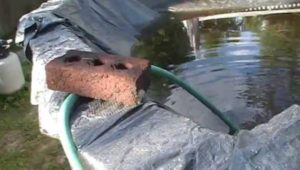Design Background
With the improvement of living standards, people are paying more and more attention to the quality and safety of food. French fries, as a popular snack food, have a growing market demand. In order to meet market demand, improve the processing efficiency of French fries and reduce production costs, this scheme is specially designed.

Design Goals
Improve production efficiency: By optimizing the fries production process and equipment configuration, improve the processing speed of French fries and reduce the production cycle.
Improve product quality: Use advanced processing technology and high-quality raw materials to ensure product quality.
Reduce energy consumption: Use energy-efficient equipment and processes to reduce energy consumption in the production process.
Reduce environmental pollution: Use environmentally friendly equipment and technology to reduce the generation of waste and pollutants.
Design Content
Raw material procurement: Select high-quality potatoes as raw materials, establish a stable supply chain, and ensure the quality of raw materials.
Production equipment: Use advanced French fries processing equipment, including cleaning, slicing, frying, seasoning, packaging and other equipment.
Process flow: Design a reasonable production process flow to ensure smooth connection of each link in the production process.
Energy utilization: Use energy-efficient energy utilization equipment, such as high-efficiency boilers, energy-saving motors, etc.
Waste treatment: Use advanced three-waste treatment equipment to harmlessly treat waste generated during the production process.
Process Flow
Raw material acceptance: Quality inspection of purchased potatoes to ensure that the raw materials meet the requirements.
Cleaning: Wash the potatoes to remove impurities such as mud and sand.
Slicing: Cut the potatoes into strips, requiring the cut surface to be flat and uniform in thickness.
Pretreatment: Dry the French fries in a low-temperature drying room to remove surface moisture.
Frying: Put the dried French fries into a high-temperature oil tank for frying, requiring uniform frying and bright colors.
Seasoning: Season the fried French fries according to customer needs, such as adding salt, MSG, etc.
Packaging: Package the seasoned French fries, requiring sealing and hygiene.
Finished product storage: Store the packaged French fries in a cool and dry place for sale or transportation.
Equipment Configuration
Cleaning equipment: Use a drum or pressure cleaning machine to remove impurities such as mud and sand on the surface of the potato.
Slicing equipment: Use automatic or semi-automatic slicing equipment to cut potatoes into strips.
Pretreatment equipment: Use low-temperature drying equipment for drying.
Frying equipment: Use high-temperature frying equipment for frying.
Seasoning equipment: Use automatic or semi-automatic seasoning equipment for seasoning.
Packaging equipment: Use automatic or semi-automatic packaging equipment for packaging.
Three waste treatment equipment: Use waste gas, wastewater, and waste residue treatment equipment for harmless treatment.
Environmental Assessment
Environmental protection issues should be fully considered during the design process, and environmental protection equipment and processes should be used to reduce the generation of waste and pollutants. At the same time, the three wastes generated during the production process need to be harmlessly treated to meet national emission standards.
Through the above design scheme, the output and quality of the French fries processing plant can be improved, production costs and energy consumption can be reduced, and environmental pollution can be reduced. At the same time, strict control of each link in the production process is required to ensure product quality and food safety.…

















